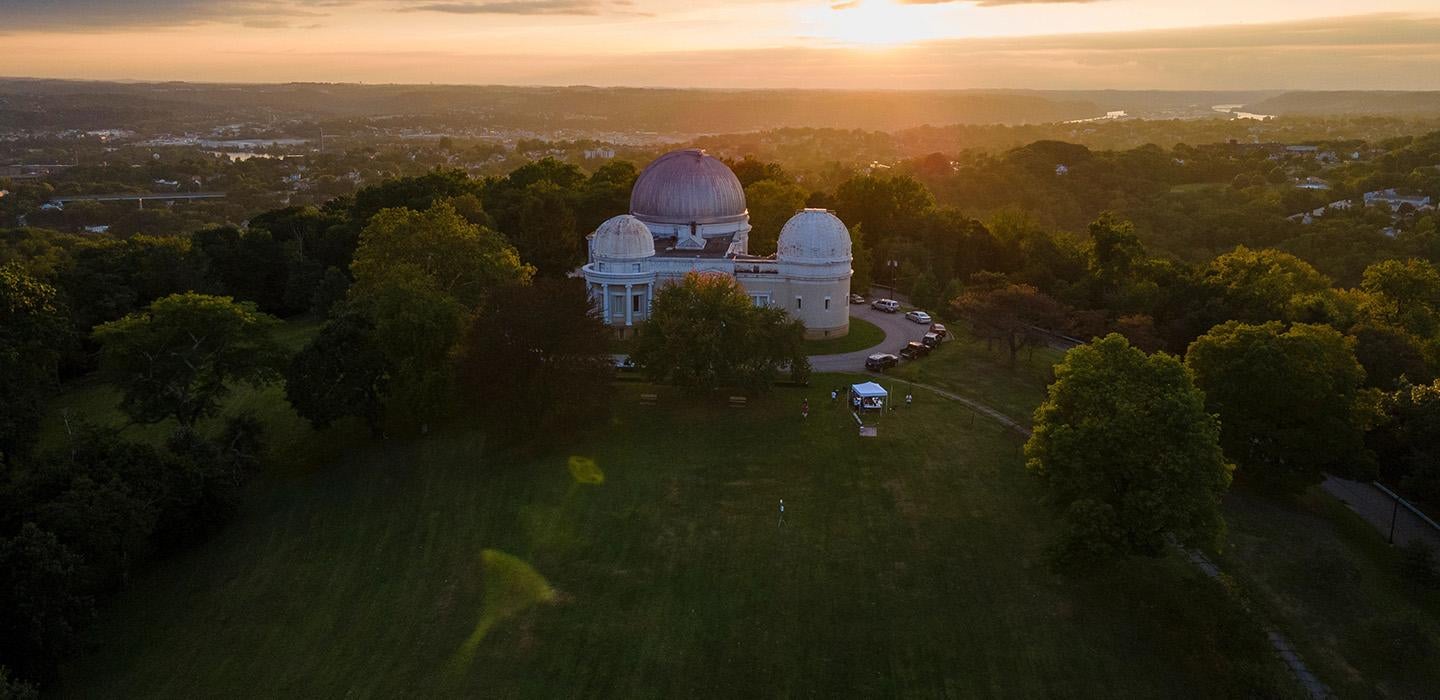
Subscribe to 51ľ«Ć·ĘÓƵwire Today
Get the most interesting and important stories from the 51ľ«Ć·ĘÓƵ.On a given night, the might be hosting an open house, a lecture given by astronomy experts, educational programs for kids or tours set aside specifically for teachers and their families.
Most nights of the week, 51ľ«Ć·ĘÓƵ students are also at the observatory, hard at work learning how to use the tools of astronomy to explore the night sky and understand the rules that govern it. Maybe some of them were inspired by the giant leap forward in knowledge that took place at the same observatory more than 130 years ago, when 51ľ«Ć·ĘÓƵ Professor James Keeler showed the world just how powerful observational astronomy, coupled with physics, could be.
“As late as 1890, the nature of the rings around Saturn, which had been clearly visible in telescopes for over two centuries, had not been observed,” said, professor and chair of the Department of Physics and Astronomy in the Kenneth P. Dietrich School of Arts and Sciences.
People knew Saturn had rings; they could see them using telescopes. People did not know, however, that the rings were made of lots of small particles and rocks — that was just one of two competing theories. The other held that the rings were a solid disc around the planet.
The debate was settled at what is now called the 51ľ«Ć·ĘÓƵ’s Allegheny Observatory.
Keeler, the observatory’s second director, used spectroscopy to measure the speed of the light coming from the rings. Analyzing that light, he saw what he’d expect to see if he were observing moons orbiting the planet, not a solid disc.
“Keeler demonstrated a leap forward in observations when his painstaking 1895 spectrum measurements showed the inner portion of the rings rotates faster than the outer portion,” Kosowsky said. “Thus proving that the rings must be composed of numerous small bodies independently orbiting the planet.”
The telescope Keeler used is still in use at the Allegheny Observatory. And you can still clearly see Saturn’s rings through the lens of the , built in 1861.
Ěý
Photography by Tom Altany





